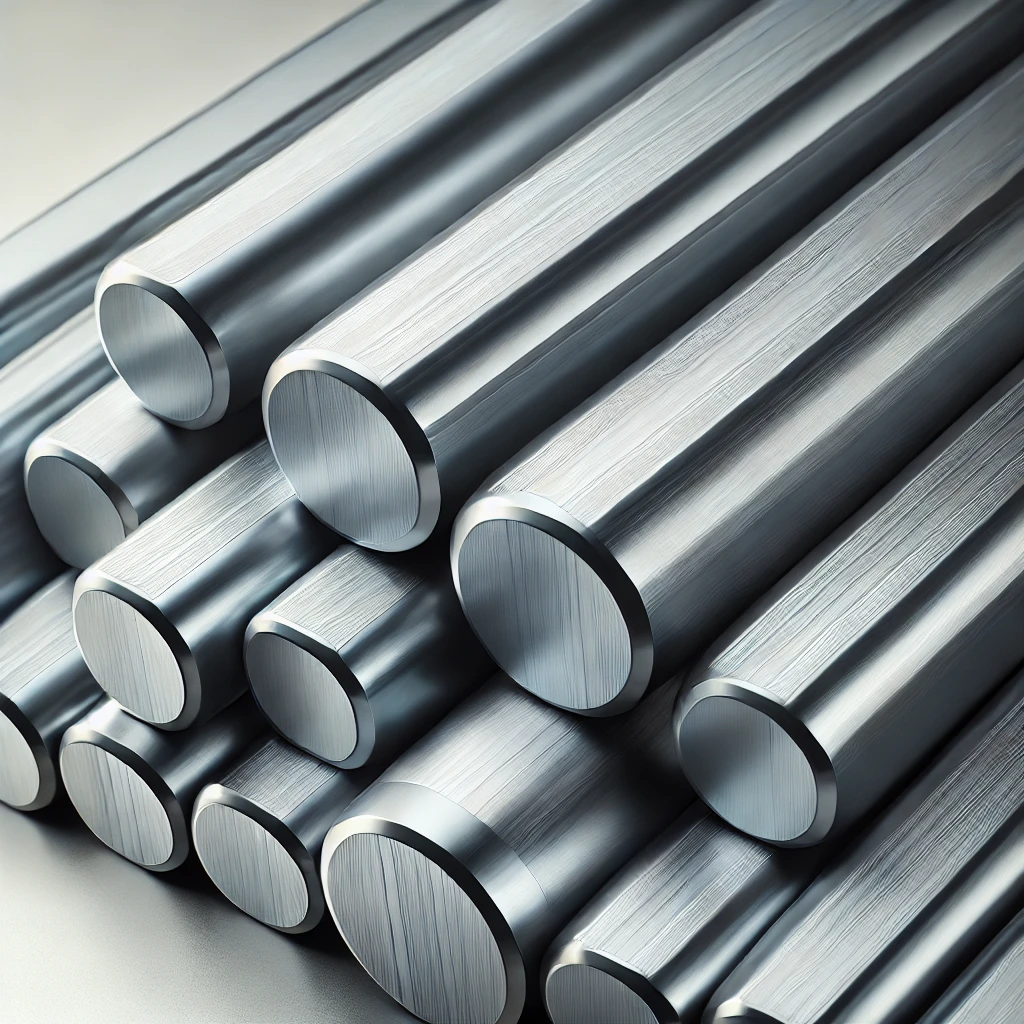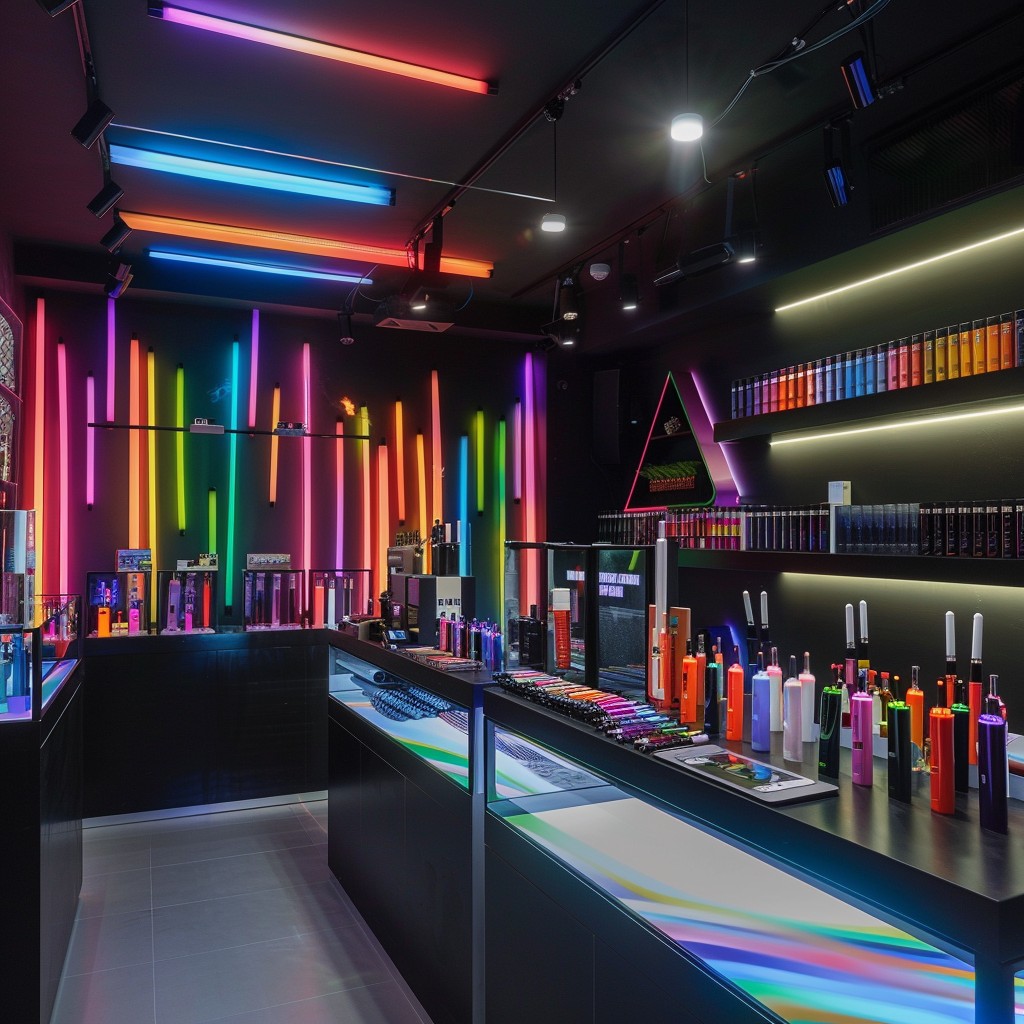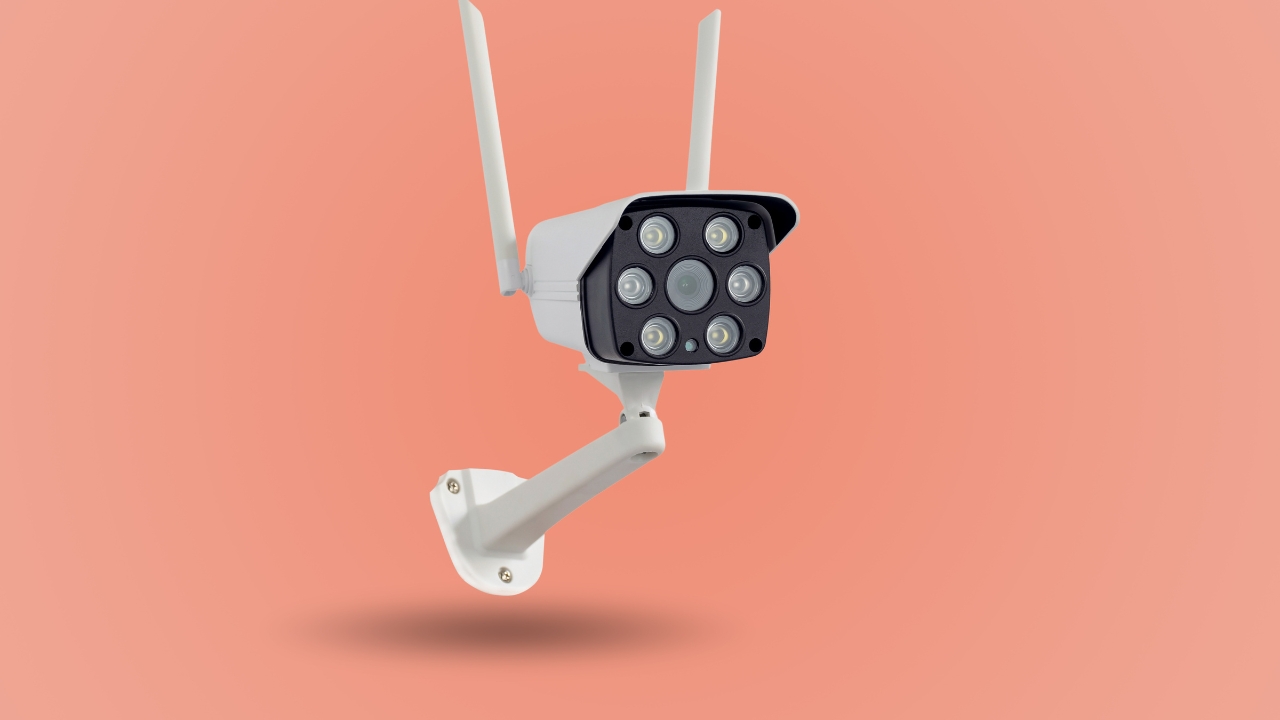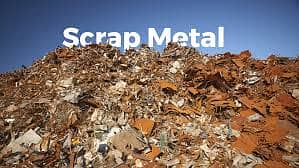In the world of high-performance stainless steels, Nitronic 40 and Nitronic 60 are two alloys that stand out for their remarkable characteristics, making them popular in industries requiring high-strength, corrosion-resistant materials. These kinds of alloys have been manufactured to last in severe conditions, from very high temperatures to corrosive environments. While both have a lot in common, Nitronic 40 and Nitronic 60 offer some unique features in their composition and mechanical properties that make them suitable for varied applications. The article takes into view where these two alloys differ and where each alloy can be used to the best effect. To whoever might want to get them in particular forms, such as bars, Nitronic 60 bar suppliers are in high demand because of the special features this alloy possesses.
Composition and Properties: Nitronic 40 vs Nitronic 60
The defining differences between Nitronic 40 and Nitronic 60 can be highlighted by the chemical composition and the resulting mechanical properties of these two alloys. Understanding the unique character each alloy possesses facilitates an informed choice by the professional based on specific applications.
Nitronic 40 (UNS S21900)
Nitronic 40 is a high-manganese, high-nitrogen alloy that is highly recognized for excellent corrosion resistance and good strength. It contains 21% chromium and about 5 to 9% manganese, which make it have better resistance in corrosive service. The nitrogen in Nitronic 40 provides additional strength to the alloy, enhancing its resistance to wear and fatigue, especially in conditions where the components are subjected to extreme stress.
About the mechanical properties of Nitronic 40. It presents high-temperature strength, and it has a very high ductility, which makes forming and machining quite easy. Because of its resistance and strength properties, Nitronic 40 is widely used in the production of heat exchangers, aircraft parts, and equipment utilized in chemical processes.
Nitronic 60 (UNS S21800)
Conversely, Nitronic 60 has added corrosion resistance; however, it is also peculiarly designed to possess exceptionally high wear and galling resistance compared to the majority of stainless steel. It contains 16-18% chromium and 7-9% manganese, with high silicon and nitrogen contents for improved wear properties. Silicon acts as a sort of lubricant, as it reduces friction between moving parts, while nitrogen generally increases toughness and adds resistance against pitting. This combination is exclusive, hence making Nitronic 60 the preferred material in most cases when the components under manufacture experience direct contact with each other.
This alloy works very well in high friction and wear applications, such as valve seats, bushings, and pump parts. As a result of these capabilities, Nitronic 60 surpasses most other stainless steels due to its outstanding galling resistance, which makes Nitronic 60 bar suppliers one of the desired industries where reliability under tension is required, like automotive, aerospace, and marine.
Key Differences in Applications
The practical applications sometimes run into the same environments since Nitronic 40 and Nitronic 60 are required due to the need for high strength with corrosion resistance, but the alloys are handpicked because of their special properties.
Corrosion Resistance: Both Nitronic 40 and Nitronic 60 exhibit corrosion resistance. Nitronic 40, having a higher level of chromium, is especially fit for high-acidicity surroundings or chemical processing. Nitronic 60 also does quite well in corrosive environments but is more popular in those applications that require galling and wear resistance.
Temperature Resistance: Nitronic 40 is somewhat better resistant to high temperatures than Nitronic 60 and is correspondingly better adapted for aerospace applications and also for heat exchange. Nitronic 60 still shows very adequate properties at elevated temperatures, including good oxidation resistance.
Wear and Galling Resistance: Nitronic 60 is designed to provide resistance to wear, outperforming Nitronic 40 in metal-to-metal applications such as fasteners, gears, and bushings. It contains the toughness necessary to provide resistance against seizing and galling ordinary incidents in an environment that requires high friction.
Toughness: The two alloys are quite tough; however, Nitronic 40 is slightly more ductile, a desirable property in applications that require the flexibility of the material with no loss of strength.
Selection between Nitronic 40 and Nitronic 60 would, to a great extent, depend upon the requirement of the application. In case the requirement is basically for corrosion resistance as well as performance at high temperatures, Nitronic 40 might serve better. On the other hand, if the needs for wear resistance and toughness in frictional environment are more important, Nitronic 60 is ideal.
For those industries dependent on wear-resistant parts, Nitronic 60 bar suppliers will be indispensable. The Nitronic 60 bars are extremely durable in application areas that any other stainless steel might not work effectively. Besides, they are very easily machined and fabricated, hence a very realistic choice for a wide range of tough applications starting from petrochemicals to marine.
Advantages of Nitronic 60 Bars in Industrial Applications
The Nitronic 60 bars are mainly chosen for their performance, which the alloy reveals under tension. Nitronic 60 bars serve well in applications that involve durability for an extended period, even in the most hostile environments. High composition of manganese, silicon, and nitrogen imparts the characteristic resistance of wear and tear to Nitronic 60 bars, which are a great necessity in industries such as automotive, oil and gas, and construction.
The wide application of Nitronic 60 bars ranges from automotive industries to serve on gears and camshafts under severe friction, while oil and gas industries apply these bars to pumping systems as reliable components in applications where resistance to galling is one of the critical demands.
Conclusion
Nitronic 40 and Nitronic 60 serve specific purposes, each meeting different industrial needs. Nitronic 40 is intended for applications requiring very high corrosion resistance and temperature, while Nitronic 60 has no equal in resisting wear and galling. The alloys offer great toughness and durability, along with good machinability, hence their dependable use in various industries.
Whether for aerospace, where one needs to combine corrosion resistance, or for wear applications in automotive parts, specific knowledge of the properties each alloy possesses will help in the selection of the right material. Nitronic 60 bar suppliers offer one of the strongest and most wear-resistant bars to customers in need, helping to ensure longevity and performance in critical components related to several industrial applications.
For more information visit our website : https://technonetwork.co.in/



